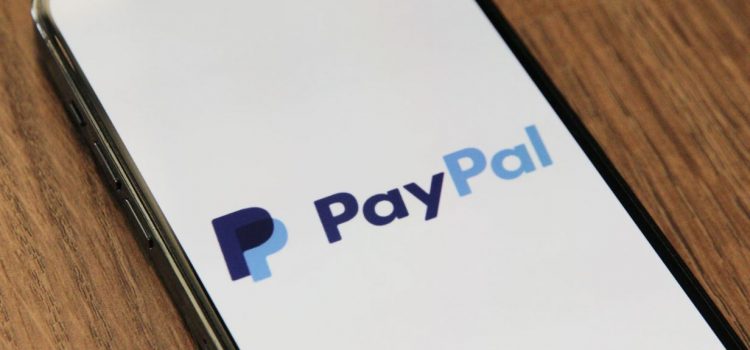
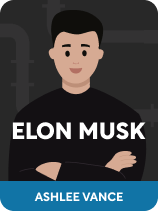
This article is an excerpt from the Shortform book guide to "Elon Musk" by Ashlee Vance. Shortform has the world's best summaries and analyses of books you should be reading.
Like this article? Sign up for a free trial here .
What is the Elon Musk PayPal story? What was Elon’s role in the creation of PayPal and why was he forced to leave?
The Elon Musk PayPal story began when Musk started a full-service online bank called X.com. The company later merged with its biggest competitor which later became known as PayPal. However, the PayPal executives weren’t too happy with Musk.
Continue reading to learn more about the Elon Musk PayPal story.
The Creation of X.com
The Elon Musk PayPal story begins with a company called X.com. With money from the Zip2 deal and insight on how to manage a team. Musk was ready to move on to his next venture. He thought back to his bank internship and his frustration with the bureaucracy of the bank industry. Vance explains that he believed the banking industry needed to modernize and embrace new technology. He decided to create a full-service online bank, complete with checkings and savings accounts, brokerage services, and insurance.
(Shortform note: Musk’s idea for X.com was the product of exploring a way to combine two ideas in a new way and of his frustration with a deficiency in the banking industry, which are two of Charles Duhigg’s four principles of “productive innovation,” or creativity. In Smarter Faster Better, Duhigg explains the other two principles: First, shun clichés, since these ideas don’t feel authentic or meaningful. This means any design or device that is created for convenience rather than because it adds value. Second, remain open to alternative ideas and criticism. Using one or more of these four principles will open you to opportunities to create more inventive solutions.)
In March 1999, Musk incorporated his financial service site, which he named X.com. This was the first major milestone in the Elon Musk PayPal story. He put $12 million into X.com, making him the biggest shareholder of his new company. Vance explains that Musk’s personal investment was different from most entrepreneurs at the time, who would typically make a lot of money, and then use their new wealthy status to convince other people to invest in their next venture instead of making a large personal investment themselves. Musk began hiring engineers and seeking venture capital to bring X.com to life.
(Shortform note: Vance writes that Musk’s personal investment was unusual during the dot-com boom, but others note that in general, many entrepreneurs invest their own money into their ventures. According to a 2021 study, 62% of small business owners use their own funds to handle financial problems. However, some experts advise against following this strategy, as the odds of building a successful business that will support you—both now and through retirement—are low. They believe you should still invest in a diverse portfolio to protect yourself against the higher risk of a failed business.)
Merging With Confinity
The Elon Musk PayPal story continues with a merger. Soon, X.com faced a competitor: Confinity. They had a service called PayPal that completed web-based payments, particularly on sites like eBay. Vance notes that the two companies fought to get the biggest customer base. PayPal appeared to be the more popular product, but it didn’t have the money to stay in business, unlike X.com.
To optimize PayPal’s popularity and X.com’s cash reserves, Confinity and X.com merged. The team cited that they had more than one million customers, but with its popularity came problems. The site was vulnerable to attacks from hackers, it crashed once a week, and the company was losing more money than it was bringing in due to transaction fees and sign-up bonuses. Vance explains that people in the company were uncertain of Musk’s ability to fix these issues.
(Shortform note: Like Musk and the X.com team, Peter Thiel and his PayPal co-founders nonetheless had a big vision for PayPal. In Zero to One, he describes how the original idea was to create an internet currency to replace the dollar. The first version of PayPal allowed people to send money from one PalmPilot to another. But not enough people had PalmPilots for that to be viable. Instead, since everyone had email, the company created a way to send payments via email. It worked well, but expenses were growing faster than customers, thus motivating them to partner with X.com.)
Leaving PayPal
The Elon Musk PayPal story ended shortly after, much to Elon’s disappointment. In September 2000, as he boarded a flight for a delayed honeymoon with his first wife Justine, X.com executives staged a coup to replace Musk as CEO. Vance explains that when he heard this news, Musk took the next flight home to change their minds, but they stood by the decision. He stayed with the company as an advisor and an investor. Soon afterward, they renamed X.com to PayPal.
By July 2001, Musk’s influence at PayPal was fading, and he began to search for his next business venture. In July 2002, PayPal accepted a $1.5 billion offer from eBay. Musk made $250 million from the deal.
(Shortform note: In 2015, PayPal separated from eBay, allowing both companies to focus on their respective growth. PayPal later launched a peer-to-peer payment option, encouraging a trend toward digital payments.)
Like with Zip2, Musk left the venture with millions of dollars. Vance believes he also had a better understanding of how companies work and experience as a CEO. Through the Elon Musk PayPal story, he’d once again proven that he could bring an innovative idea to life.
| Develop Productive Responses to Failure While it’s easy to look back on Musk’s time at PayPal in the context of his later success with Tesla and SpaceX, his removal as CEO could have been viewed as a failure at the time. And the relationship between entrepreneurs and failures is a familiar one, as Ed Catmull discusses in his book Creativity, Inc. His main advice is to stop being afraid of failure and to recognize that failure isn’t inherently bad—it’s a consequence of innovative work. He urges people to normalize failure and to expect it. That way, you’ll see it as merely a part of a larger process rather than an end. Illustrating this principle, some CEOs, like Musk, who are removed from their positions—such as Steve Jobs—end up heading another company, while others don’t. This is often determined in large part by how they react to getting fired. People who can put their ego aside and face their mistakes are better off than those who accept long-term defeat or become bitter. While Musk could have viewed his removal as CEO as failure, his response to the decision was a productive one, since he took the time to reevaluate his priorities and what he wanted his next venture to be. |

———End of Preview———
Like what you just read? Read the rest of the world's best book summary and analysis of Ashlee Vance's "Elon Musk" at Shortform .
Here's what you'll find in our full Elon Musk summary :
- A look into Elon Musk’s childhood and early companies
- Musk's roles in SpaceX and Tesla, and later, in SolarCity
- The traits and management methods that helped Musk succeed

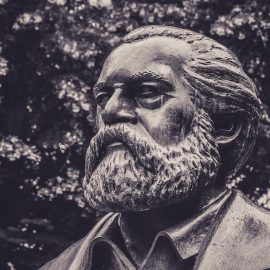

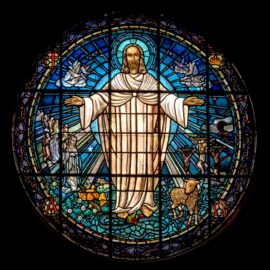
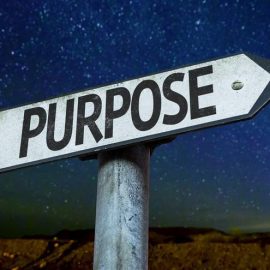
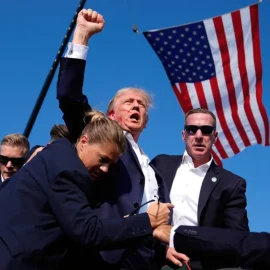
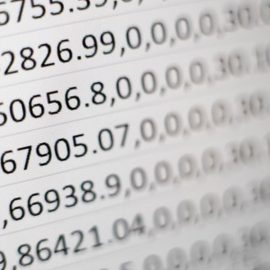
Hello. Who first sold the idea of PayPal? The reason I ask is because I’m looking for the man who calls himself General or Admiral. He had a white beard. I believe he came up with the idea of PayPal from our conversation at a bus stop in Oklahoma City Oklahoma on North West 23 between May and Pennsylvania Avenue in June of 1998. Thank You Clifford William Leslie Sauer
I came up with from pen pals in grade school.